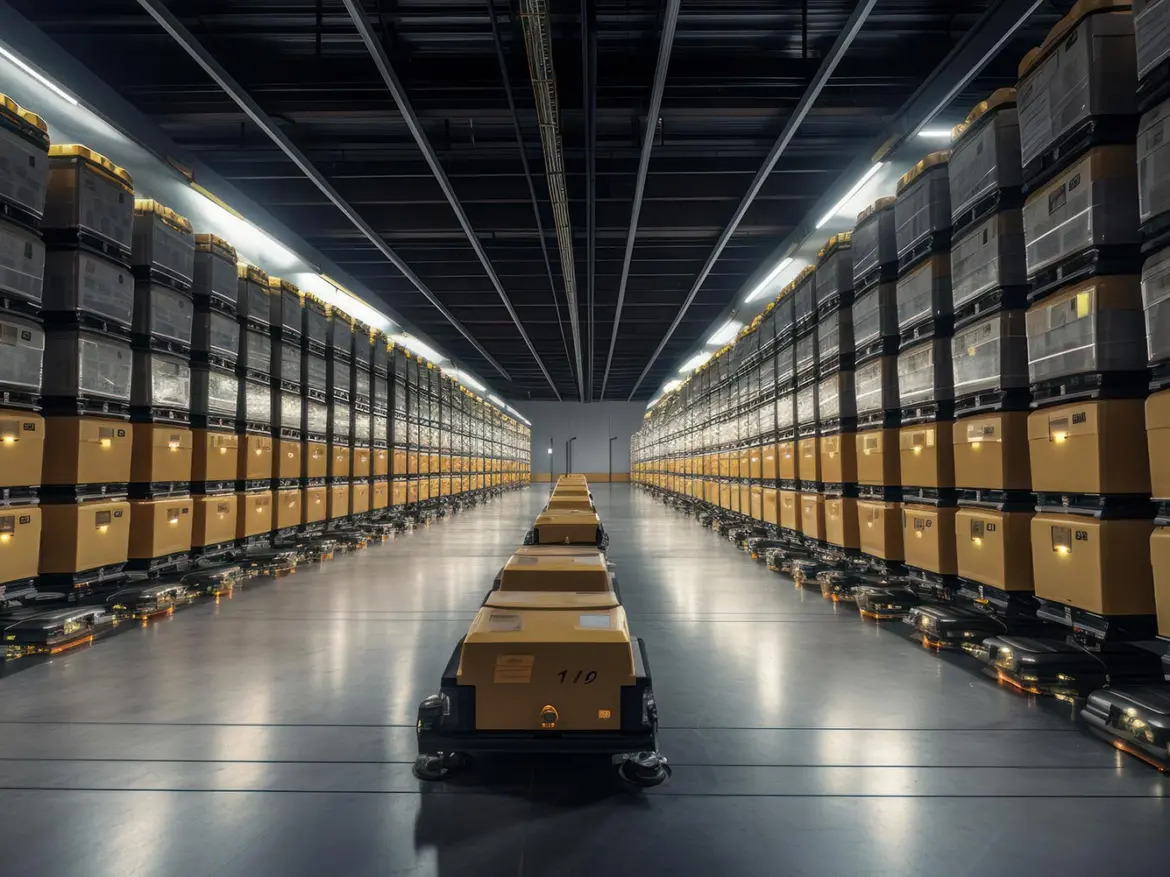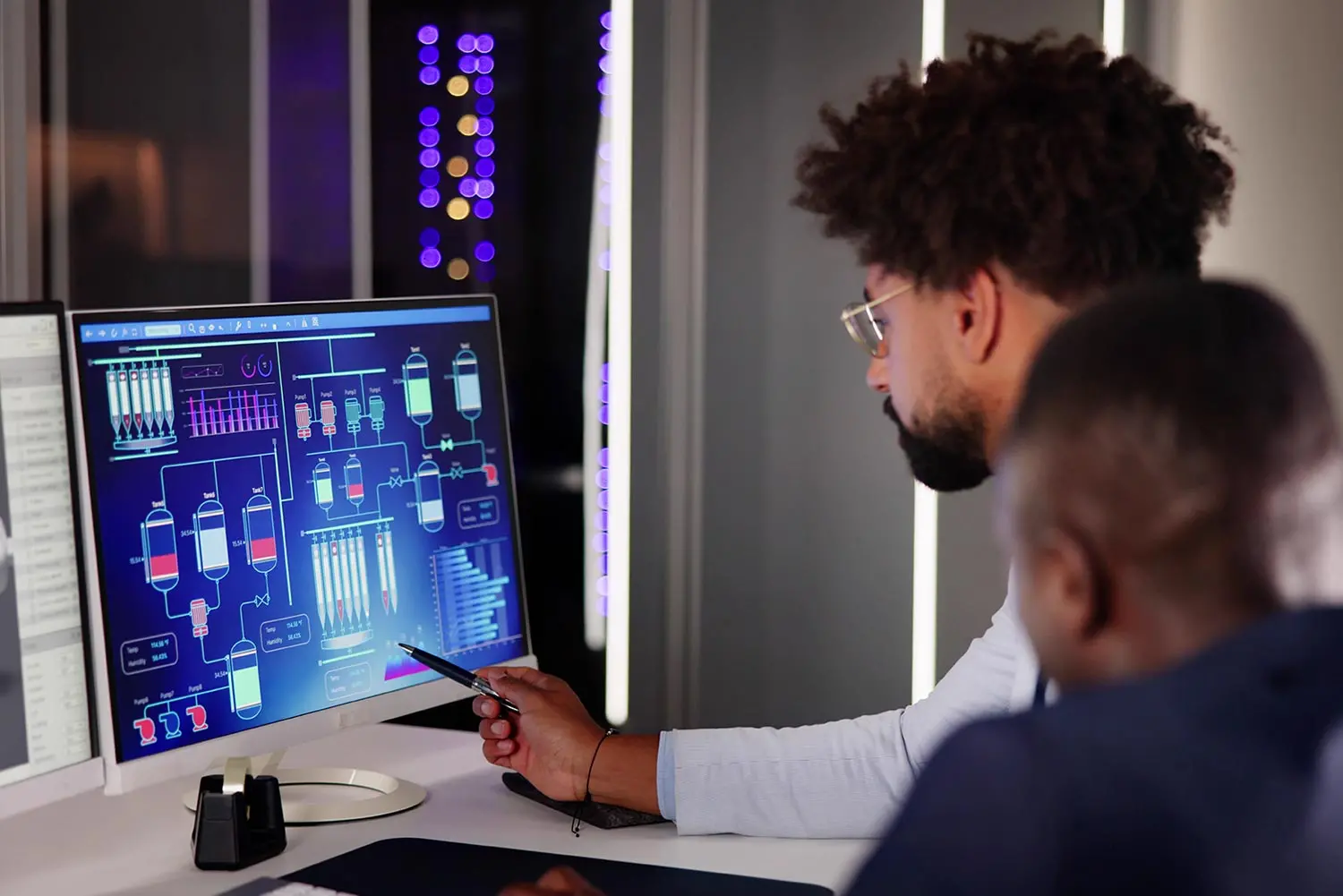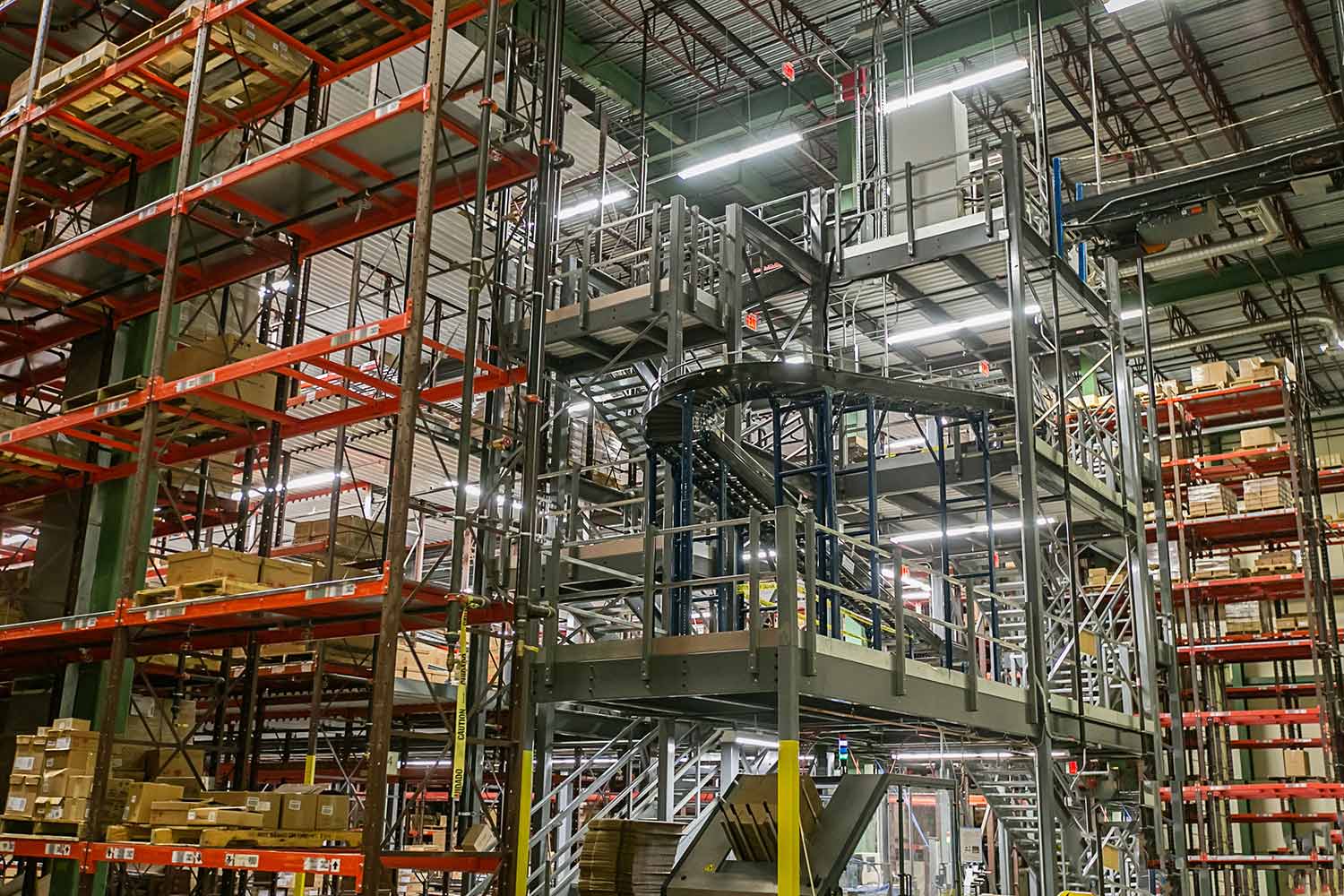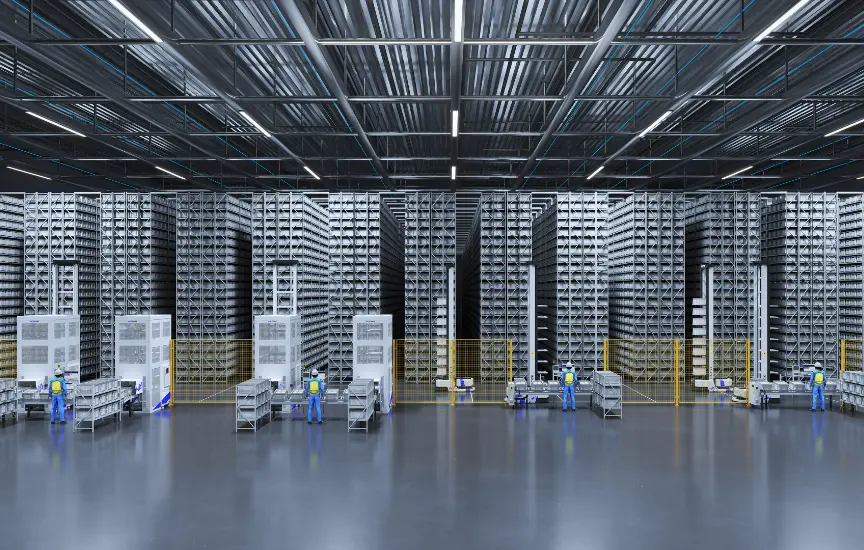
March 13th, 2023
3 min readLack of Laborers Lead to Increased Automation
Automated Facilities, both Retrofitted and Brand New, Are Gaining Ground in the Ecommerce and Fulfillment Space
While a shrinking U.S. labor force looms over many business sectors, including e-commerce, increased warehouse and robotics automation may bring relief for warehouses and distribution centers.
You may not be surprised to hear that fulfillment giant Amazon is front and center when it comes to embracing warehouse automation. Internal documents from Amazon detail that they are running out of potential employees and will not have enough workers by 2024 if they don’t make drastic changes. One of top solutions to avoid this scenario is – you guessed it – automation.
And if Amazon, an established leader in automating warehouses, needs to increase automation, of course many other companies will need to as well. In fact, some experts claim that the percentage of warehouses currently utilizing automation is roughly about 10% – which means there’s a sizable benefit to companies taking advantage of automation now.
Automation Means Increased Safety + More Engaged Workforce
Despite – or perhaps because of – the labor shortage and its potential to become severe, the warehouse automation market keeps generating more and more revenue worldwide, creating substantial market opportunity. What’s more, the demand for warehouse space is growing at a brisk pace as well.
Keep in mind that automating a warehouse doesn’t necessarily equal ousting human laborers. Automation can make material handling work easier, faster, and safer (and, of course, less costly) when you consider the ROI that automation provides.
Automated cobots (collaborative robots) can help human workers by reducing physical strain, increasing productivity and accuracy, and by leading to overall improved working conditions. And the automation of routine tasks means workers can focus on more complex and/or rewarding tasks, and that can translate into a more engaged and motivated workforce.
Speed + Accuracy Factors in on the Need for Robotics & Automation
Consumers want to receive their online purchases as quickly as possible, so the need to speed up deliveries is another major driver of automation adoption. Accordingly, Amazon utilizes a half a million robots in its current fulfillment operations. Through the use of AI, these various types of robots locate and move items quickly, efficiently, and safely.
Other retailers are doing their best to keep pace with the retail giant, making their own large investments to automate and modernize distribution and order-fulfillment centers. Pet food and supplies retailer Chewy, for example, recently announced plans to add additional automated fulfillment centers. Other corporations greatly increasing their use of automation and AI include retail behemoth Walmart, grocery-chain Kroger, and agriculture and lawn equipment manufacturer John Deere.
In addition to robots and robotic arms, some of the top automation project components include shuttle systems, cube storage systems, and tracking and conveyors systems powered by AI and machine learning.
Next Steps: Retrofit Your Existing Facility or Build New?
In certain cases, the operations are being purpose-built from the ground up with automation in place, while in others, automated processes are introduced into existing facilities. Fortunately, our in-house specialists can do either, tailored to our customer’s unique needs and budget.
Let’s talk and take the first step towards improving your operations. Contact an IndPro specialist today to start a discussion.
About IndPro
IndPro Services, a leader in Commercial Systems and U.S. Federal Government procurement, provides successful, efficient, data-driven solutions.
Dedicated to improving efficiency in warehouse and distribution center operations, we work on the same side of the table with you to help you procure the best possible solution for your specific application.
Related Posts

The Human-Robot Partnership Requires an Upskilled Warehouse Workforce
Article
Professional Integration is Crucial for Warehouse Automation & Robotics Implementation
Article